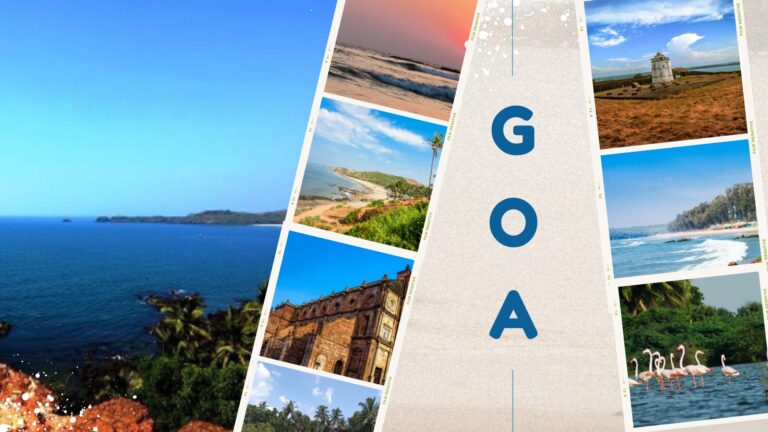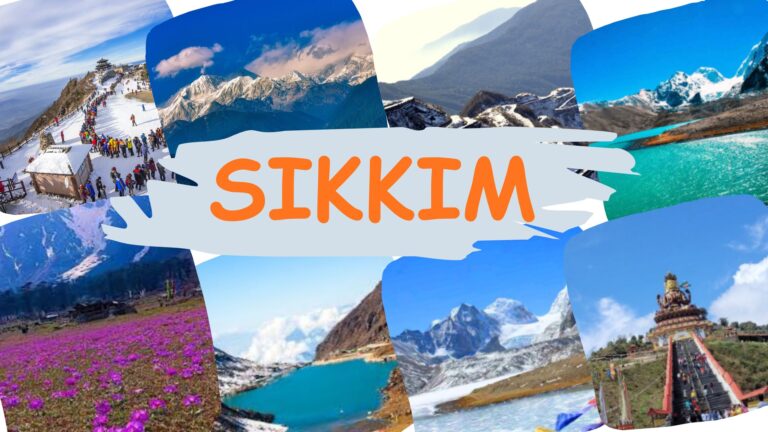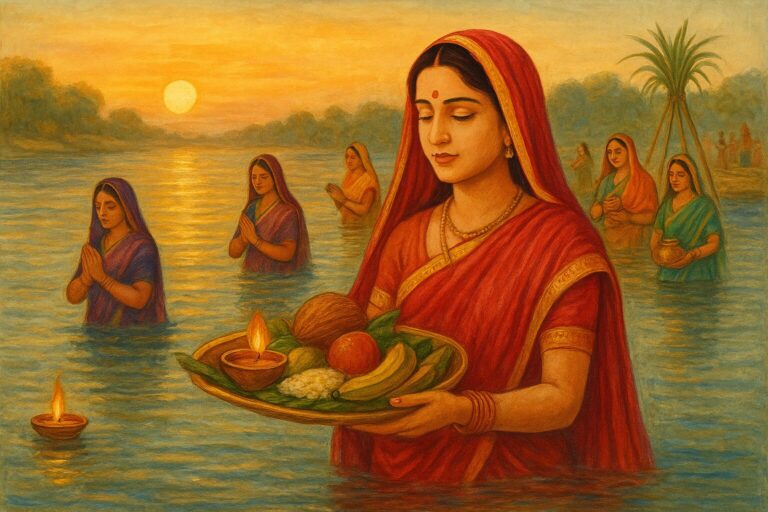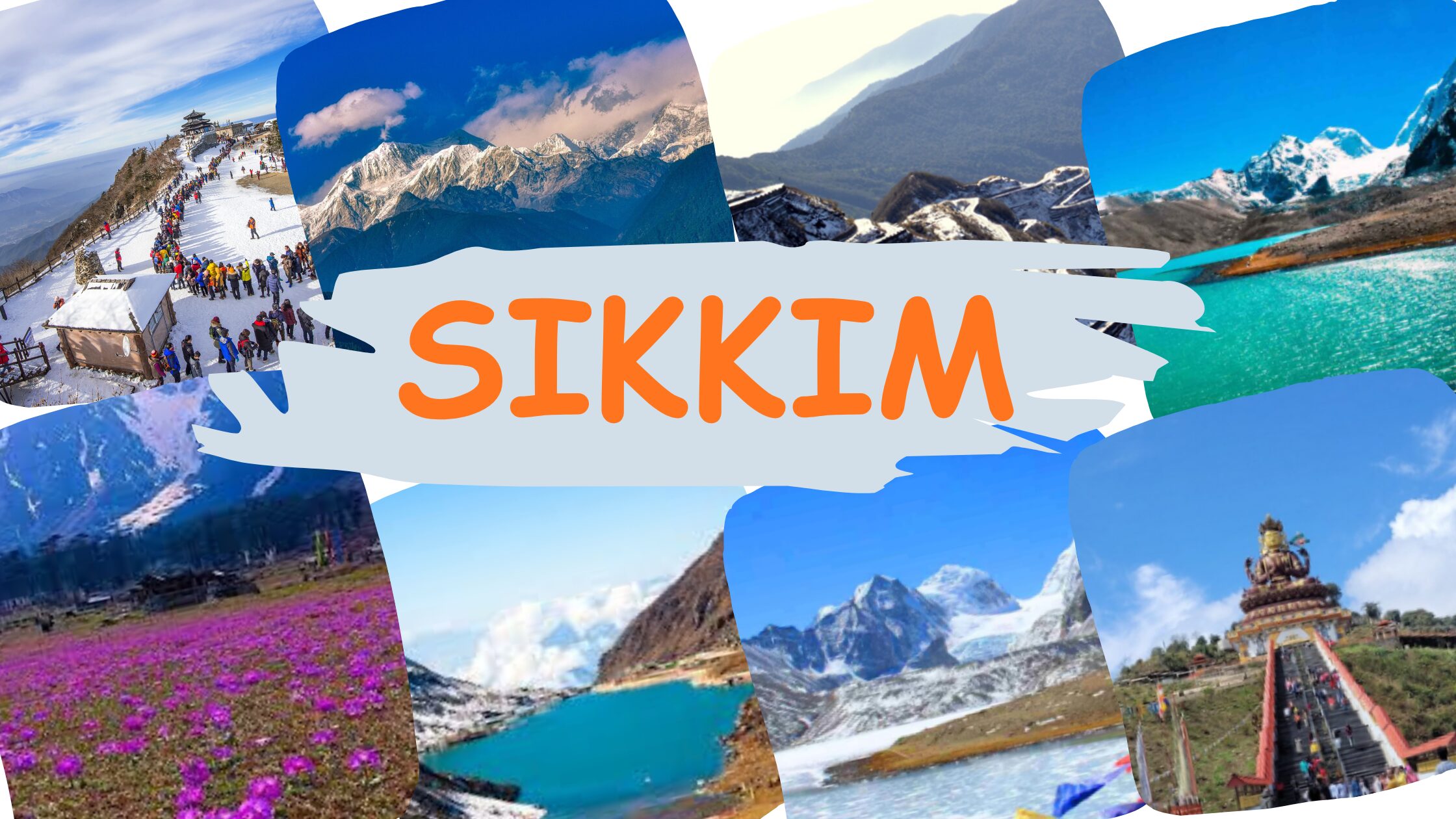
Sikkim- The Hidden Jewel of the Himalayas
Cradled gently in the arms of the Himalayas, Sikkim whispers tales of clouds and mountains. Here, the wind hums through pine forests, prayer flags flutter like dreams in the sky, and every sunrise paints the peaks of Kanchenjunga in shades of gold. It is a land where rivers sing, orchids bloom in silent valleys, and time moves to the rhythm of monks’ chants echoing from ancient monasteries.
Sikkim is not just a destination it’s poetry woven into the fabric of nature. It’s where the snow speaks, the lakes reflect divinity, and the people smile with the purity of the hills. Every corner here tells a story of harmony between man and mountain, between earth and spirit.
Come, lose yourself in this Himalayan haven, where peace isn’t found, it’s felt in the scent of blooming rhododendrons, in the stillness of the mist, and in the quiet strength of the mountains that guard this paradise called Sikkim.
History of Sikkim
The early history of Sikkim dates back to the Lepcha tribes, considered the state’s original inhabitants, who worshipped nature and followed animistic traditions. Later, the Bhutias migrated from Tibet in the 14th century and brought with them Buddhism and the Tibetan way of life.
In 1642, Phuntsog Namgyal was crowned as the first Chogyal (Buddhist King) of Sikkim, marking the beginning of the Namgyal dynasty. For centuries, Sikkim remained a peaceful Buddhist kingdom until it came under British influence in the 19th century.
After India’s independence, Sikkim remained a protectorate of India until 1975, when a public referendum led to its merger with India as the 22nd state. Today, it stands as a proud symbol of unity, natural conservation, and cultural harmony.
Nature’s Beauty and Biodiversity
Sikkim’s landscape is a paradise for nature enthusiasts. Nearly 80% of the state is covered by forests, making it one of the greenest states in India. The altitude varies from 300 to 8,500 meters, resulting in an astonishing variety of flora and fauna.
- The Kanchenjunga National Park is a UNESCO World Heritage Site and home to rare species like the Red Panda, Snow Leopard, Himalayan Bear, and Takin.
- Sikkim boasts over 550 species of orchids and 40 types of rhododendrons, which bloom beautifully during spring.
- The rivers Teesta and Rangeet cut through its valleys, offering breathtaking views and thrilling rafting experiences.
Every sunrise in Sikkim paints the mountains golden, and every sunset leaves behind shades of purple and peace.
Top 10 Tourist Places in Sikkim
1. Gangtok – The Heartbeat of Sikkim
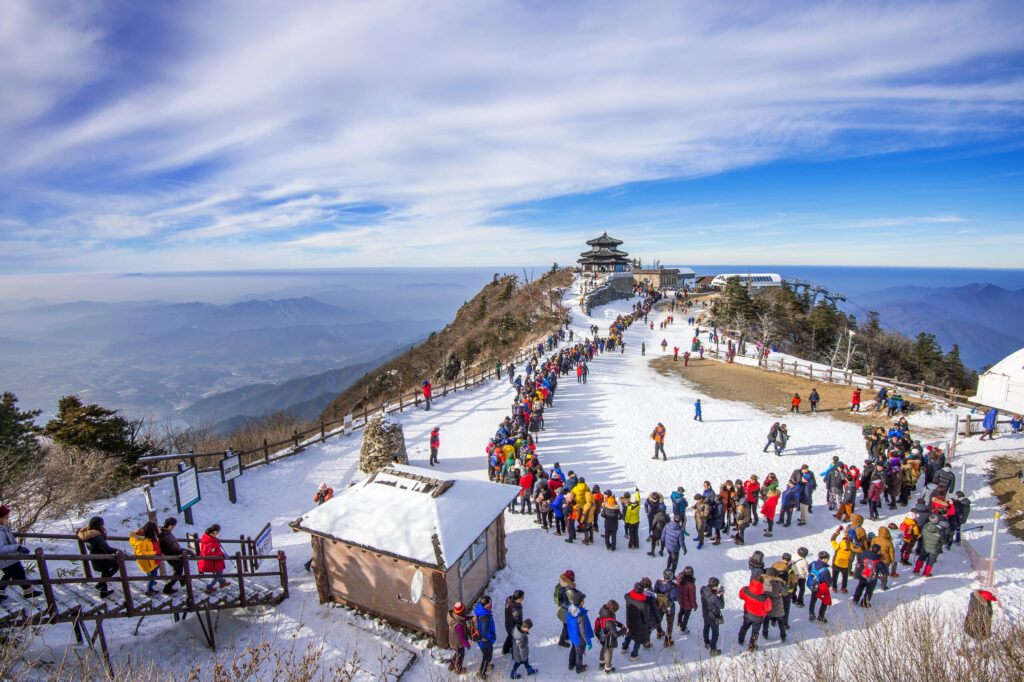
The capital city of Sikkim, Gangtok, perfectly blends tradition with modernity. It is lively yet peaceful, with monasteries, markets, and mountains coexisting beautifully. Take a walk along MG Road, the cleanest and most vibrant street in town, filled with cafés, souvenir shops, and local eateries. Visit the serene Rumtek Monastery, one of the most important Buddhist centers, and enjoy the Gangtok Ropeway for panoramic views of the city and the Kanchenjunga range. Other must-see spots include Hanuman Tok, Tashi View Point, and Enchey Monastery.
2. Tsomgo Lake (Changu Lake) – The Mirror of the Mountains
Situated at an altitude of 12,400 feet, Tsomgo Lake is a glacial wonder about 40 km from Gangtok. The lake changes color with the seasons deep blue in summer and frozen white in winter. Surrounded by snow-clad peaks, it’s one of the most scenic places in Sikkim. You can enjoy yak rides, local snacks, and hot tea near the lake. In spring, the area blooms with primulas and rhododendrons, adding splashes of color to the icy landscape.
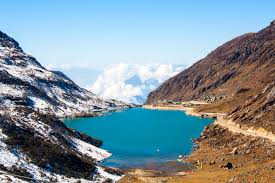
3. Nathula Pass – The Gateway to History and Courage
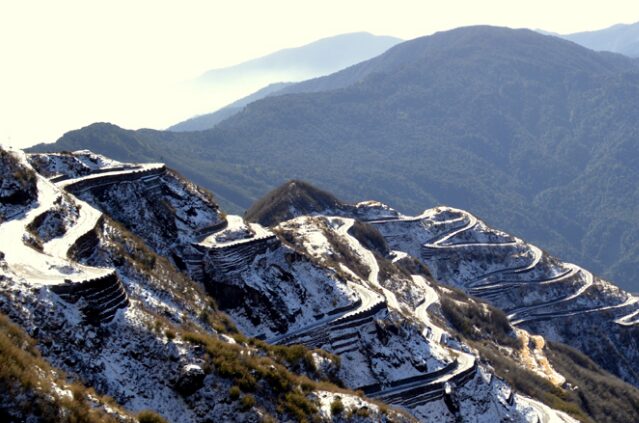
Nathula Pass, once part of the ancient Silk Route, connects India with Tibet. Located at 14,140 feet, this mountain pass offers breathtaking views and a unique experience of standing near the Indo-China border. Visitors can see Indian and Chinese soldiers on opposite sides and feel the patriotic pride that fills the air. Due to heavy snowfall, the pass remains closed in winter, and a special permit is required to visit. It’s an unforgettable destination for adventure and history lovers alike.
4. Yumthang Valley – The Valley of Flowers
Known as Sikkim’s Valley of Flowers, Yumthang Valley lies in North Sikkim, about 150 km from Gangtok. Between March and June, the valley bursts into color with blooming rhododendrons, orchids, and poppies. The Teesta River flows gracefully through it, surrounded by snow-capped peaks. Nearby, you can also visit Yumesamdong (Zero Point), where the road ends and snow remains year-round. For those seeking natural beauty and peace, Yumthang is pure bliss.
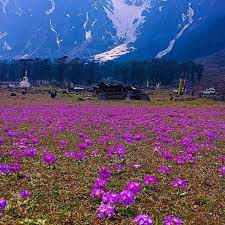
5. Pelling – The Panoramic Paradise
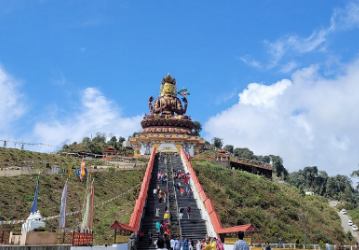
Pelling, in West Sikkim, is known for offering one of the best views of Mount Kanchenjunga. The town is calm, charming, and filled with spiritual energy. Major attractions include the Pemayangtse Monastery, one of the oldest in Sikkim, and the sacred Khecheopalri Lake, believed to fulfill wishes. Adventure lovers can enjoy short treks, while others can relax and soak in the views from the Sky Walk at Chenrezig Statue. Don’t miss the Rimbi and Kanchenjunga Waterfalls nearby.
6. Lachen and Lachung – The Twin Gems of North Sikkim
These two mountain villages, Lachen and Lachung, are gateways to some of Sikkim’s most magical spots.
- Lachen leads to Gurudongmar Lake, one of the highest lakes in the world.
- Lachung opens into Yumthang Valley, famous for its flower-covered meadows.
Both villages are known for their wooden houses, friendly locals, and traditional homestays. The journey to these places is filled with waterfalls, winding roads, and unforgettable views of the Himalayas.
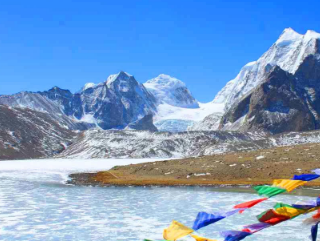
7. Gurudongmar Lake – The Sacred Gem of the North
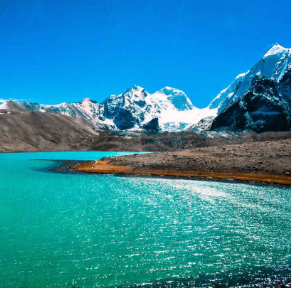
At an altitude of about 17,800 feet, Gurudongmar Lake is among the highest and most beautiful lakes on Earth. Surrounded by snow-capped peaks, it is believed to be blessed by Guru Padmasambhava, the founder of Tibetan Buddhism. Even in the coldest months, part of the lake never freezes — a mystery that adds to its sacredness. The journey to the lake from Lachen is long but absolutely breathtaking, passing through rugged landscapes and icy winds.
8. Namchi- The Spiritual Capital of South Sikkim
Meaning “Sky High” in the local language, Namchi lives up to its name with scenic heights and spiritual calm. It is home to the 135-foot Guru Padmasambhava Statue on Samdruptse Hill, one of the tallest in the world. Another highlight is the Char Dham Complex at Solophok, which houses replicas of India’s four sacred Dhams- Badrinath, Dwarka, Rameshwaram, and Jagannath. The view of the surrounding hills, tea gardens, and monasteries makes Namchi an unmissable part of your Sikkim itinerary.
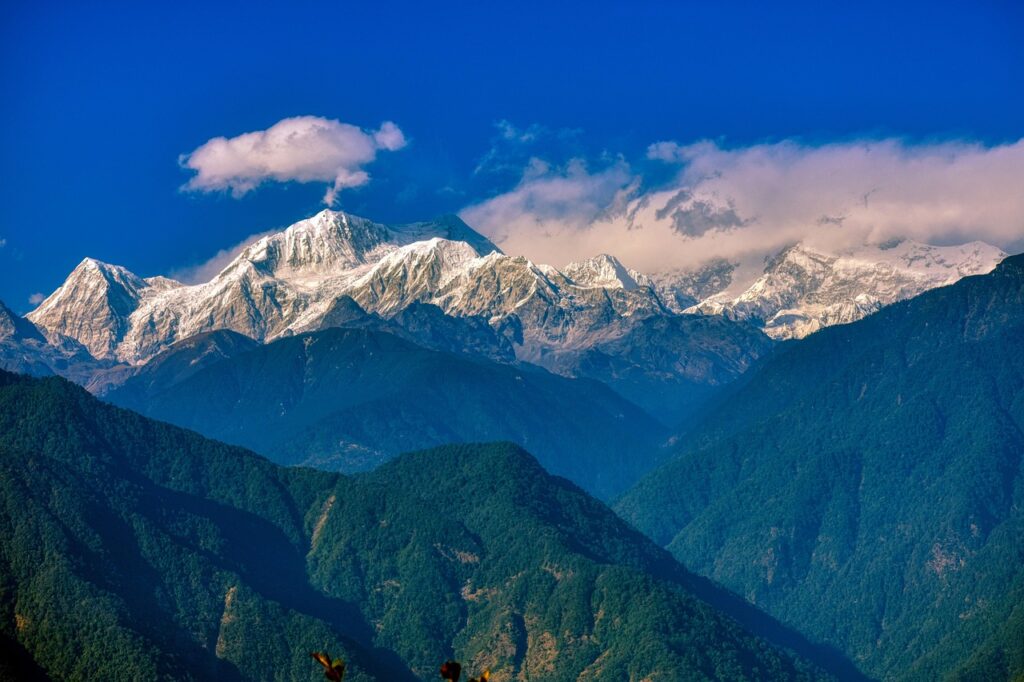
9. Ravangla- The Land of Peace and Prayer
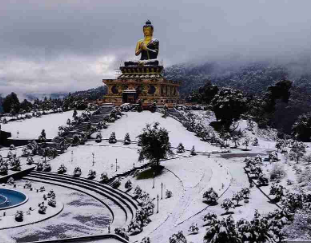
Nestled between Gangtok and Pelling, Ravangla is a quiet and beautiful hill town surrounded by lush tea gardens and snow peaks. The main attraction is the Buddha Park, featuring a 130-foot golden statue of Lord Buddha overlooking the hills. You can also visit Ralang Monastery, a major center of Tibetan Buddhism. Ravangla’s clean air, calm environment, and scenic beauty make it a perfect spot for meditation and relaxation.
10. Zuluk- The Hidden Treasure of the Old Silk Route
For travelers who love offbeat adventures, Zuluk is a hidden paradise in East Sikkim. Once part of the historic Old Silk Route, this small mountain village offers one of the most stunning sunrise views from the Thambi View Point, where the sun lights up the Kanchenjunga range in golden hues. The winding Zuluk Loops, with more than 30 hairpin bends, are a thrill to drive through. The village also gives a glimpse into Sikkim’s traditional life, away from the crowds
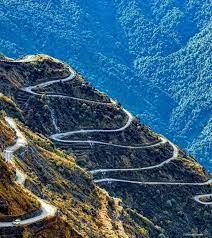
Culture of Sikkim
Sikkim’s culture is a fusion of Nepali, Lepcha, and Bhutia traditions, reflecting diversity and mutual respect. The people are known for their simplicity, discipline, and deep connection to nature.
Major festivals celebrated include:
- Losar: Tibetan New Year celebrated with dances, prayers, and feasts.
- Saga Dawa: A sacred Buddhist festival marking Lord Buddha’s birth, enlightenment, and nirvana.
- Maghe Sankranti: A Nepali festival celebrated with fairs and traditional food.
- Pang Lhabsol: Unique to Sikkim, it honors Mount Kanchenjunga as the guardian deity of the land.
Colorful prayer flags flutter on mountain ridges, monasteries echo with chants, and locals dressed in traditional attire bring the hills alive with music and faith.
Food You Must Try in Sikkim
Sikkimese cuisine is simple yet flavorful, using fresh herbs, fermented ingredients, and local produce. Some must-try dishes include:
- Momos: Steamed dumplings filled with meat or vegetables.
- Thukpa: A Tibetan noodle soup served with spicy broth and vegetables.
- Phagshapa: A mouthwatering pork dish cooked with radish and chilies.
- Sael Roti: Sweet rice bread enjoyed with tea during festivals.
- Gundruk and Sinki: Fermented leafy greens, rich in flavor and nutrition.
- Chhurpi Soup: Made with yak cheese, perfect for cold weather.
Don’t forget to sip a hot cup of Sikkim Tea or Butter Tea while admiring the mountain views.
Adventure and Experiences
For adventure seekers, Sikkim offers thrilling opportunities:
- Trekking: Famous routes include the Goechala Trek and Dzongri Trek.
- River Rafting: Experience the rapids of the Teesta River.
- Paragliding: Soar over Gangtok and enjoy panoramic Himalayan views.
- Mountain Biking: Explore rough terrains through dense forests and villages.
- Yak Rides: Around Tsomgo Lake, a fun and unique experience for all ages.
Interesting Facts about Sikkim Tourism
- The state’s motto- “Small but beautiful” perfectly defines its spirit.
- Sikkim is India’s first 100% organic state, certified by the Government of India.
- Plastic and smoking are strictly banned in public places.
- Kanchenjunga National Park covers nearly 35% of the state’s area.
- Gangtok is one of the cleanest hill stations in India.
- Sikkim has over 200 monasteries, reflecting its deep Buddhist heritage.
Best Time to Visit Sikkim
- Spring (March to May): Ideal for flowers, clear skies, and sightseeing.
- Autumn (October to December): Perfect for snow views and festive celebrations.
- Winter (January to February): For snow lovers and peaceful getaways.
- Avoid Monsoon (June to September): Roads may be blocked due to landslides.
How to Reach Sikkim
By Air:
- The Pakyong Airport near Gangtok is the nearest domestic airport.
- Alternatively, Bagdogra Airport (West Bengal) is well connected and just 4–5 hours away by road.
By Train:
- The nearest railway station is New Jalpaiguri (NJP), 120 km from Gangtok. From there, taxis and buses are available.
By Road:
- Sikkim is connected via the National Highway 10 from Siliguri. Private taxis and state buses operate daily.
Travel Tips for Sikkim Visitors
- Always carry valid ID proofs; permits are required for places like Nathula, Gurudongmar, and Yumthang.
- Pack warm clothes even summer nights can be chilly.
- Avoid littering Sikkim maintains strict cleanliness rules.
- Respect local traditions; dress modestly near monasteries.
- Keep cash handy ATMs are limited in remote areas.
Conclusion:
Sikkim is more than a travel destination; it’s an emotion that stays in your heart long after you leave. From its crystal-clear lakes and majestic peaks to its humble people and ancient monasteries, every moment spent here feels like a soulful journey. Whether you seek adventure, peace, or spiritual awakening, Sikkim offers it all in one breathtaking package.
So pack your bags and let the serene winds of the Himalayas guide you to Sikkim- the land where nature smiles in color.
Also read: Best Neck Pillow for Travel: Ultimate Guide to Restful Journeys

